The Cabbage-Patch Fairy (1896)
March 31, 1896Release Date
The Cabbage-Patch Fairy (1896)
March 31, 1896Release Date

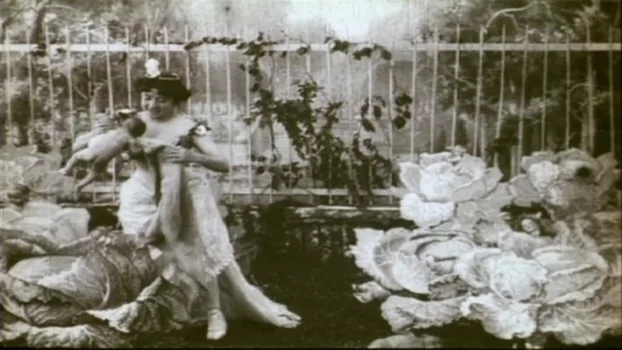
Plot.
Where to Watch.
 Subs
Subs Ads
AdsCurrently The Cabbage-Patch Fairy is available for streaming online, rent, buy or watch for free on: Canal+, France TV
Streaming in:🇫🇷 France

Cast & Crew.
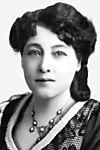
Alice Guy-Blaché
Director of Photography / Director / Writer
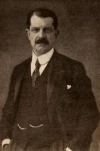
Léon Gaumont
Supervising Producer

Germaine Serand
Actress

Yvonne Serand
The Cabbage Fairy
Media.


Details.
Release DateMarch 31, 1896
Original NameLa fée aux choux
StatusReleased
Running Time1m
Genres
Last updated:
This Movie Is About.
Wiki.
The 1896 version of La Fée aux Choux (The Fairy of the Cabbages) is a lost short fantasy film directed by Alice Guy-Blaché (then known as Alice Guy) that, according to her, featured a honeymoon couple, a farmer, pictures of babies glued to cardboard, and one live baby. The 1900 La Fée aux Choux and the 1902 Sage-Femme de Première Classe (originally titled La Fée aux Choux) are frequently confused with the original lost film, which is arguably the world's first narrative film, and the first film directed by a woman.
Alice Guy-Blaché reported that she had to remake the film at least twice and this accounts for the two films dated 1900 and 1902 that are available to view online. Guy-Blaché's 1900 version employed one actress (the fairy), two live babies, and a number of dolls. Her 1902 version, later retitled Sage-femme de première classe (Midwife First Class, which refers to a diploma for a mid-wife, not the class she caters to), employed a honeymoon couple and a female baby merchant along with numerous babies and dolls. In a still photograph from the 1902 version, Guy-Blaché appears, wearing a "costume of Normandy". She does not play the husband in the film, but said that she "for fun pulled on the peasant clothes" for the photograph.
There has been a hundred years of controversy over La Fée aux Choux, starting in 1922, when Étienne Arnaud wrote in his memoirs that Alice Guy was the “first to have the idea of staging a dramatic scene in front of the cinematographic lens.” He wrote that the film was Les Mefaits d’une Tête de Veau, creating more controversy and confusion. Léon Gaumont cemented the confusion when he reportedly said in 1935 that he himself directed the first film that was “trying to tell a story to the audience,” in front of “a painted canvas that naively represented the rue de Belleville. His feminine star was Alice Guy, and two mechanics from the studio were the first screen actors.” He also claimed his “first” film was called Les Mefaits d’une Tête de Veau.
In the evidence that has been coming in piecemeal for over a century, there are multiple points of confirmation that there were three La Fée aux Choux and that the first was filmed in the spring and early summer of 1896.
You May Also Like.
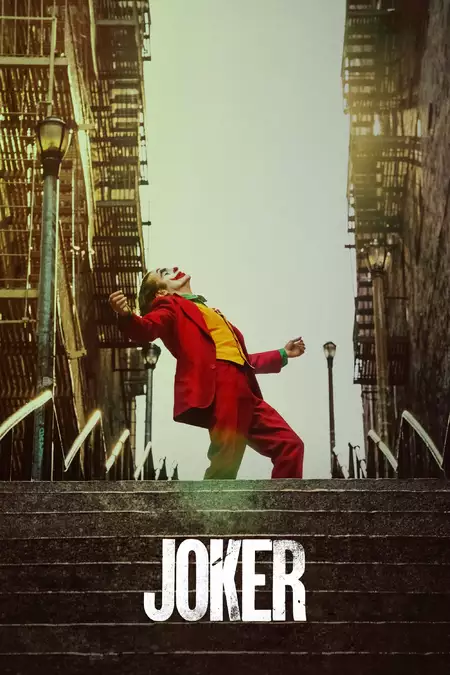
Joker (2019)

Violent Night (2022)

Salaar: Part 1 - Ceasefire (2023)
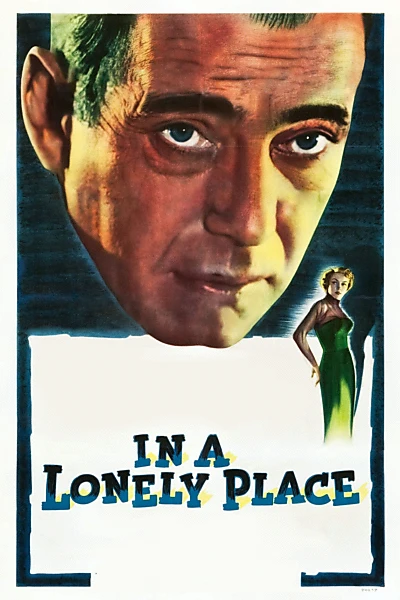
In a Lonely Place (1950)
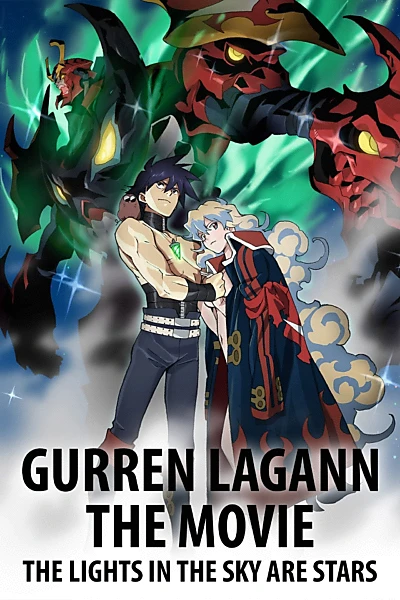
Gurren Lagann the Movie: The Lights in the Sky Are Stars (2009)
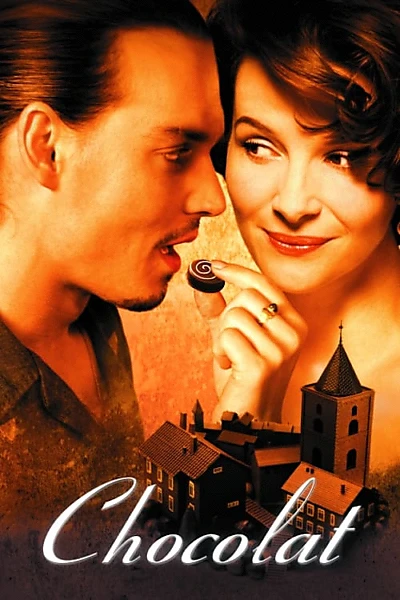
Chocolat (2000)
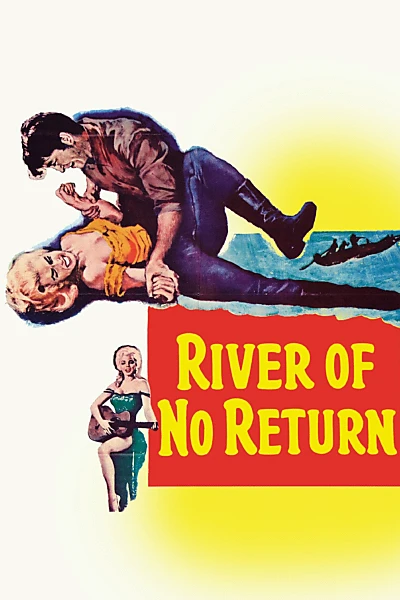
River of No Return (1954)
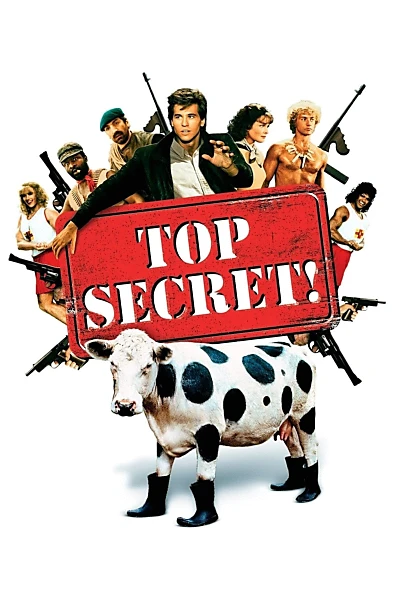
Top Secret! (1984)
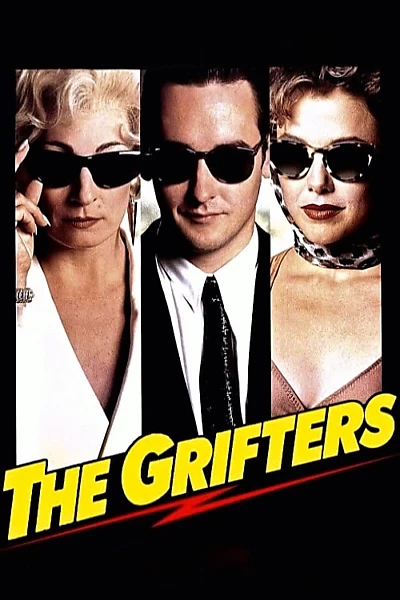
The Grifters (1990)
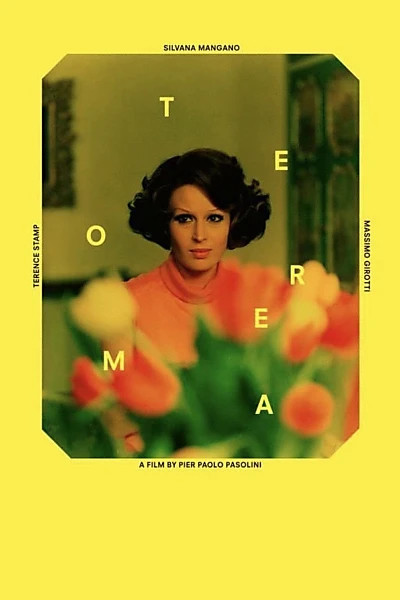
Theorem (1968)

Landscape with Invisible Hand (2023)
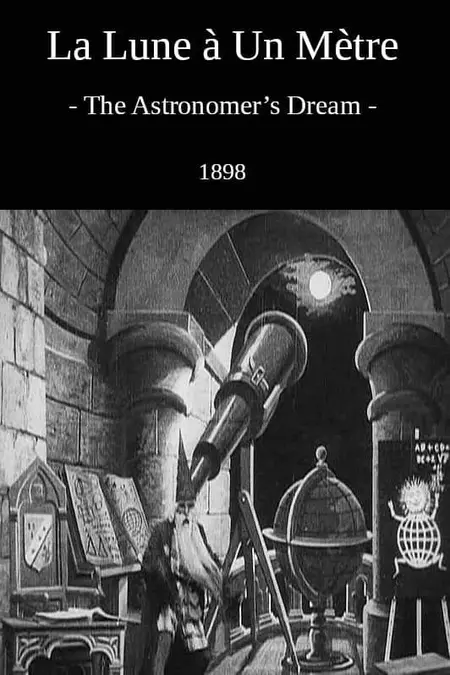
The Astronomer's Dream (1898)
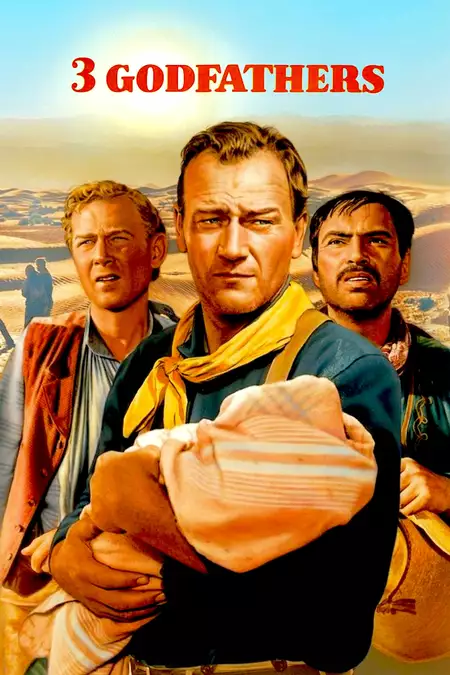
3 Godfathers (1948)

Mediterraneo (1991)
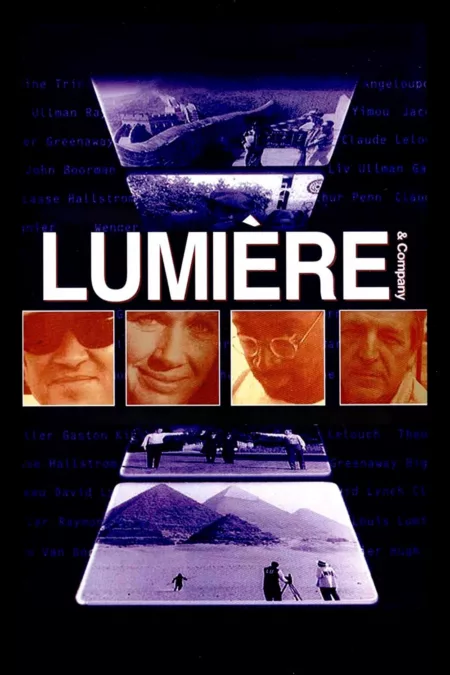
Lumière & Company (1995)
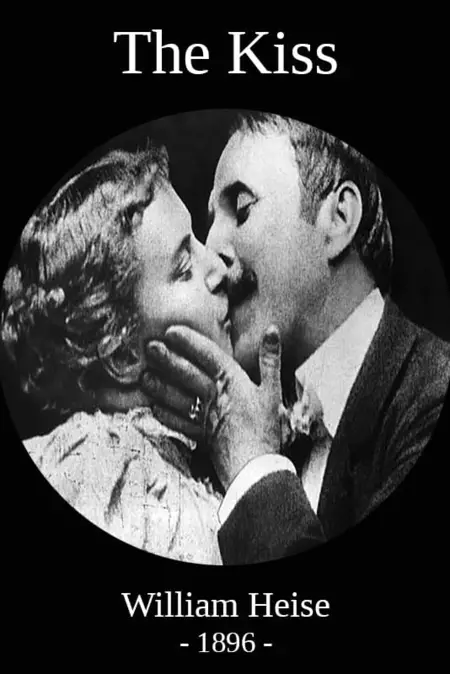
The Kiss (1896)

Demolition of a Wall (1896)
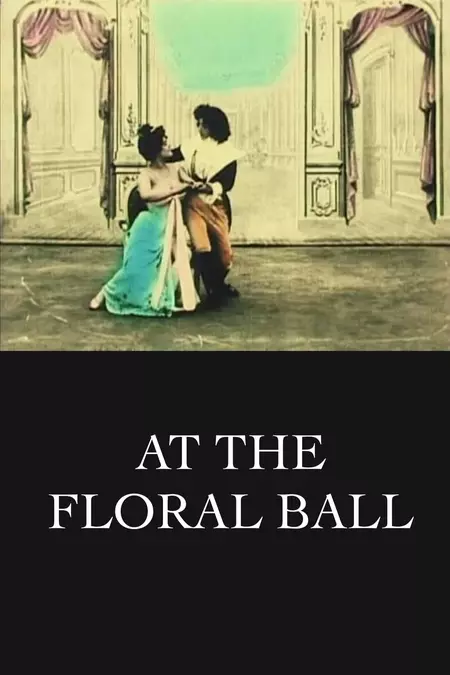
At the Floral Ball (1900)

A Four-Year-Old Heroine (1907)


